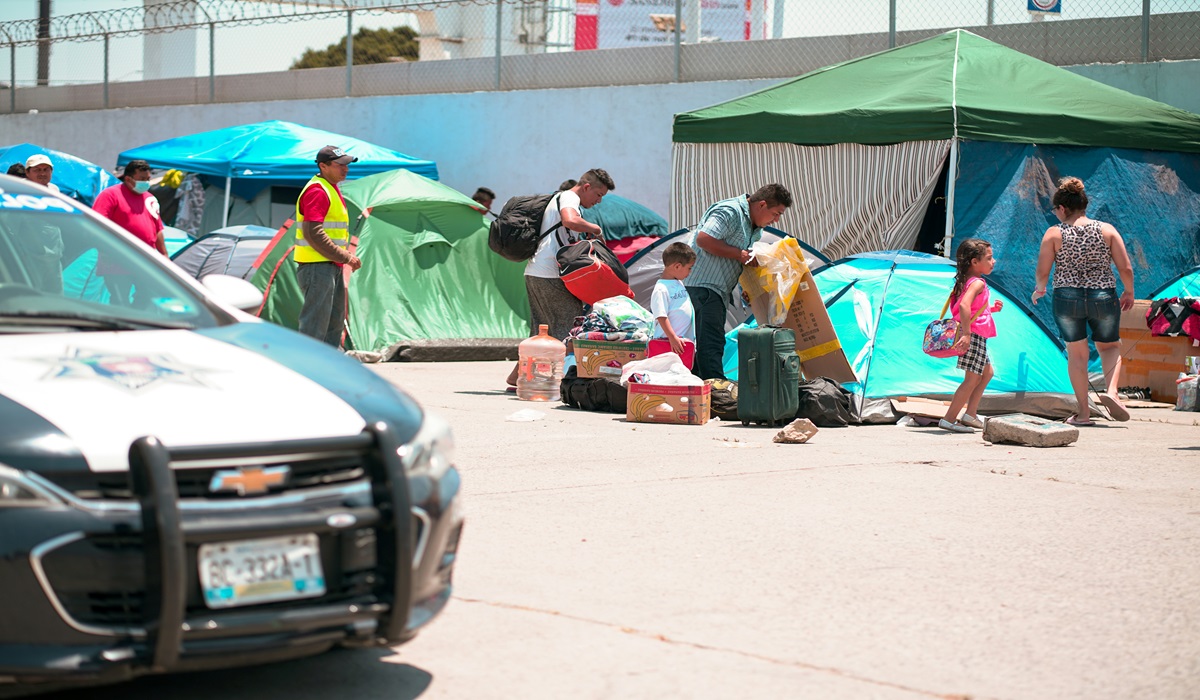What Role Does America’s Drug Appetite Play in Driving Latin American Migration?
- Kingston Bailey
- Trending
- November 15, 2024

Image Credit Barbara Zandoval
The United States’ unrelenting demand for illicit drugs has shaped the socio-political landscape of Latin America for decades. The impact of America’s drug appetite is not confined to urban centers or rural heartlands within its own borders but ripples across entire regions in Latin America, exacerbating violence, economic instability, and governance crises that, in turn, fuel mass migration.
Latin America has long been the primary supplier of cocaine, heroin, methamphetamines, and cannabis consumed in the United States. This high demand ensures billions of dollars flow into the hands of transnational drug cartels annually. These profits embolden cartels, enabling them to corrupt governments, arm themselves with military-grade weaponry, and create de facto states where law enforcement and democratic institutions are either absent or complicit. For instance, the violence resulting from cartel activity in Mexico has claimed over 350,000 lives since the Mexican government declared war on drug trafficking in 2006 (Beittel, 2023).
As cartels consolidate power, they destabilize regions, displacing local populations. The violence is not just collateral damage—it is often strategic. Families are forced to flee their homes as cartels fight over territory, particularly in places like Honduras, Guatemala, and El Salvador, which serve as critical drug transshipment points. These countries, part of the Northern Triangle, are among the most violent in the world. The United Nations High Commissioner for Refugees (UNHCR) estimates that nearly 500,000 people from this region flee annually, citing cartel violence and extortion as primary reasons.
Poverty exacerbates these pressures. Rural farmers in regions like Peru and Colombia often have no choice but to cultivate coca, the raw material for cocaine, as it is more lucrative than traditional crops like coffee. Meanwhile, governments focused on eradicating drug production—often under U.S. pressure—deploy militarized campaigns that further destabilize these areas. In Colombia, U.S.-backed eradication programs like Plan Colombia displaced over 4 million people from rural areas between 2000 and 2015 (Hylton, 2018).
Adding a layer of complexity is the controversial involvement—or alleged complicity—of U.S. institutions like the CIA in the Latin American drug trade. Historical accounts suggest that during the 1980s, the CIA turned a blind eye to, and in some cases facilitated, drug trafficking by groups such as the Nicaraguan Contras. These insurgents reportedly financed their anti-communist campaigns with drug profits, creating the infamous “crack cocaine epidemic” in American cities (Webb, 1998). While the U.S. government officially denies these allegations, declassified documents indicate a pattern of prioritizing geopolitical objectives over stemming the drug trade.
The U.S. drug appetite is not merely a domestic issue but a global one, with grave consequences for Latin America. Cartels thrive on U.S. demand, and their power is directly proportional to their ability to profit from the American market. Domestic policies, including the lack of substantial investment in drug rehabilitation and demand reduction, perpetuate this cycle.
Moreover, the militarized approach to the War on Drugs, which involves billions of dollars in aid to Latin American governments for security purposes, has often worsened the problem. It criminalizes farmers, fuels corruption, and displaces communities without significantly curbing the flow of drugs northward. The Council on Foreign Relations reports that despite these efforts, cocaine production reached a record high in 2023, with over 2,000 metric tons entering the global market (Felbab-Brown, 2023).
The migration crisis at the U.S. southern border is inseparable from these dynamics. The same communities ravaged by cartel violence and economic instability are those seeking asylum in the United States. Migrants often cite a lack of viable alternatives to protect their families and futures as their primary motivation.
The U.S. must confront its role in perpetuating this crisis. This includes reducing domestic drug demand through robust education, treatment, and rehabilitation programs and reassessing foreign policies that prioritize militarized interventions over sustainable development in Latin America. Accountability, both at home and abroad, is essential for addressing the root causes of the drug trade and the migration it fuels.
Until these interconnected issues are meaningfully addressed, Latin American communities will continue to bear the brunt of America’s drug appetite, paying the price in violence, displacement, and lost generations. The moral and political imperative to break this cycle has never been more urgent.








